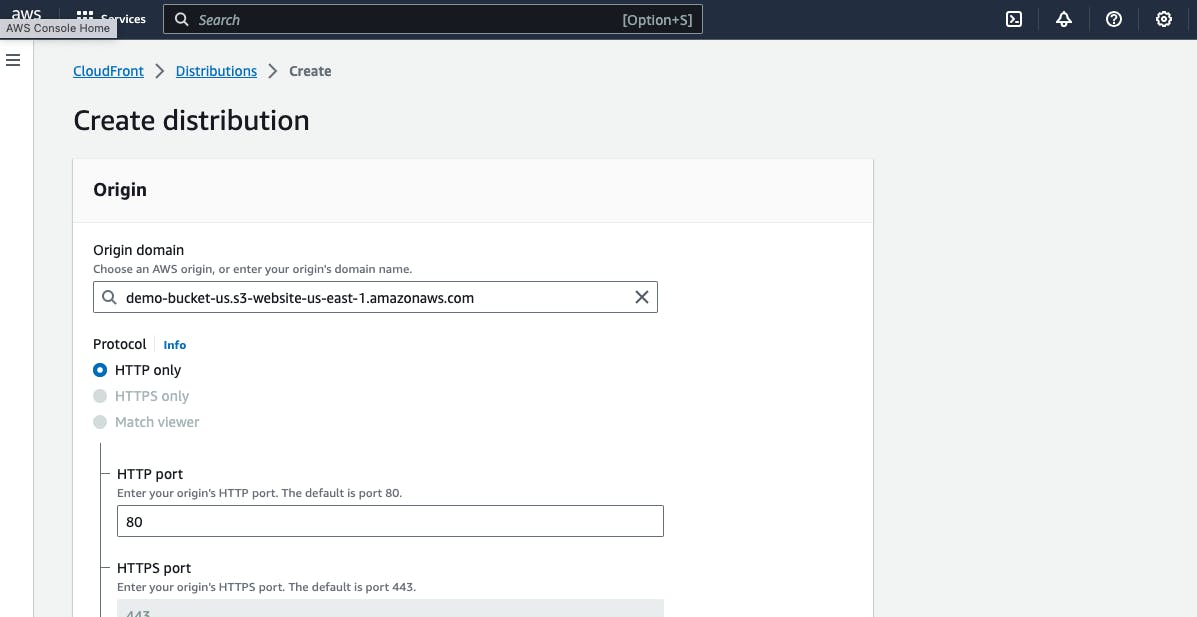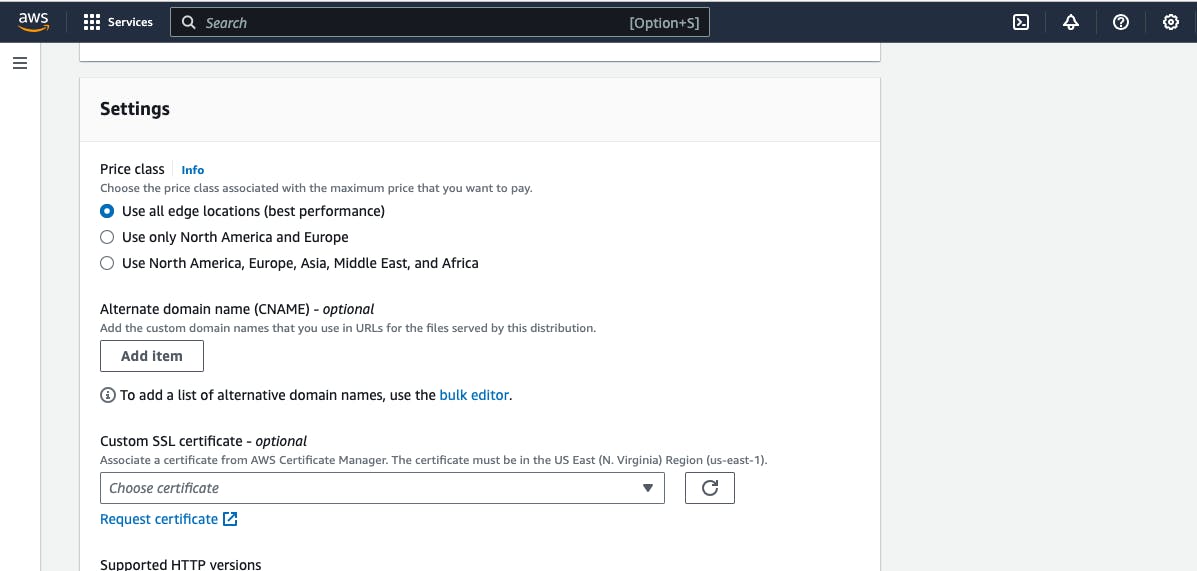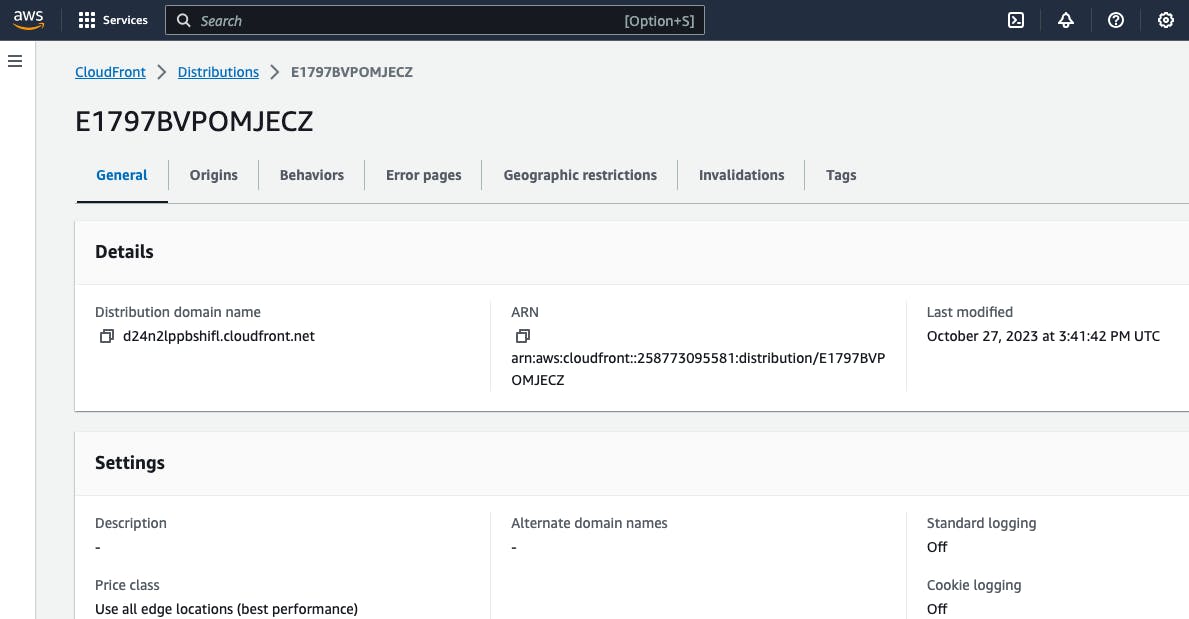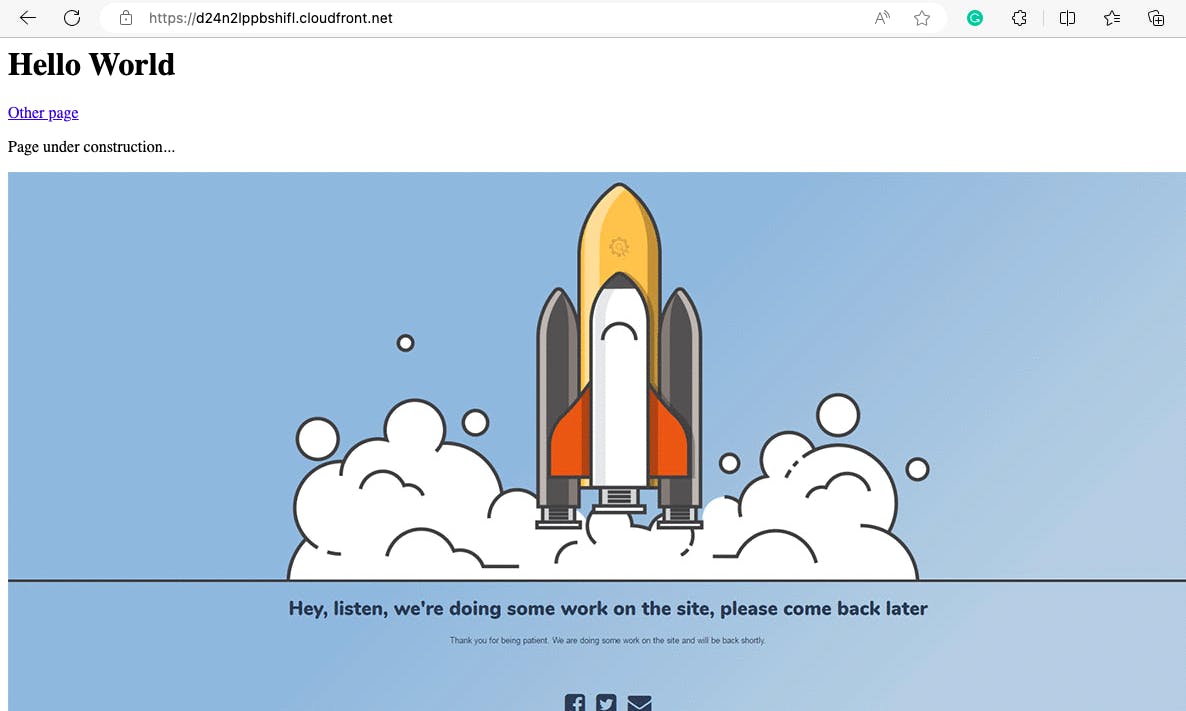Optimizing Content Delivery: Unleashing the Power of Amazon CloudFront
Introduction
In an increasingly digital and interconnected world, delivering content swiftly and seamlessly to global audiences is vital for businesses across the world. CloudFront has revolutionized the way organizations distribute their digital content, enabling faster load times, improved user experiences, and enhanced scalability. In this article, we delve into the transformative power of CloudFront, exploring its features, benefits, and how to set it up.
What is CloudFront?
CloudFront is a globally distributed CDN that accelerates the delivery of static, dynamic, and streaming content to end users. Leveraging the power of AWS’s extensive global infrastructure, CloudFront ensures low latency and high-performance content delivery to users worldwide. It acts as a mediator between the origin server (where the content is stored) and the end user, minimizing the distance and network hops between them, resulting in faster loading times and reduced bandwidth costs.
Key Features and Benefits
Global Reach: With numerous edge locations strategically placed across major cities worldwide, CloudFront ensures content is delivered from the nearest edge location to end-users, reducing latency and enabling faster content retrieval.
High Performance: CloudFront utilizes advanced caching techniques, including edge caching and dynamic content acceleration, to optimize the delivery of both static and dynamic content. By caching frequently accessed content at edge locations, CloudFront minimizes the load on origin servers and improves response times.
Scalability: CloudFront is designed to handle high traffic volumes and sudden spikes in demand. It dynamically scales resources based on traffic patterns, ensuring content delivery remains fast and reliable even during traffic surges.
Security: CloudFront provides several security features to protect content and end-users. It supports HTTPS encryption by default, securing data in transit.
Additionally, it integrates with AWS Web Application Firewall (WAF) and AWS Shield for advanced protection against DDoS attacks and other web vulnerabilities.
Flexibility: CloudFront offers flexible content delivery options, allowing businesses to deliver content in various formats, including web pages, APIs, videos, and software downloads. It supports streaming media delivery for both on-demand and live-streaming scenarios, enabling efficient video distribution across different devices.
Setting up CloudFront
Log in to your AWS console or create an account if you don't own one.

Search for Cloudfront on the search bar and navigate to the page.

After navigating to the CloudFront dashboard, an option to create a CloudFront distribution would be displayed if it's your first time creating one or a list of previously created Cloudfront distributions would be displayed.

Click the Create a CloudFront distribution and a new page will appear. On the "Origin domain" you have to input a domain name or an AWS resource that you can point the Cloudfront to, like S3 bucket, API gateway, Loadbalancer etc. In this example, I'm using an S3 bucket that is hosting a static webpage.

While using Cloudfront, you have the option to enable a web application firewall which protects your site from DDoS and security vulnerabilities.

Under the setting, you can select the collection of regions closest to you for a better distribution or select the "Use all edge location" which is the best for performance. After this section, go ahead and click the create button to create the CloudFront distribution.

After a few seconds, the dashboard of the CloudFront distribution just created will appear and notice the Distribution domain name which is the new domain that would be used as a CDN.

Copy the Distribution domain name into your web browser, and notice the appended ".cloudfront.net" which shows that your site is distributed by CloudFront.

In conclusion, Amazon CloudFront is a frequently employed service for expediting the delivery of web applications, video streaming, and various online content to a worldwide audience, all while guaranteeing minimal delay and robust accessibility. It plays a pivotal part in enhancing efficiency, safeguarding assets, and enhancing the capacity for web services and applications.
